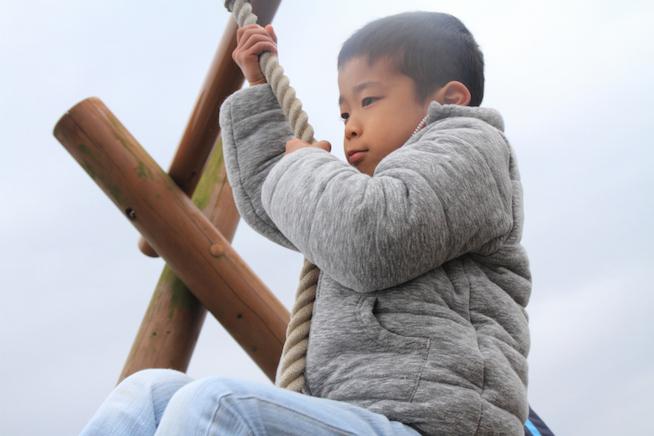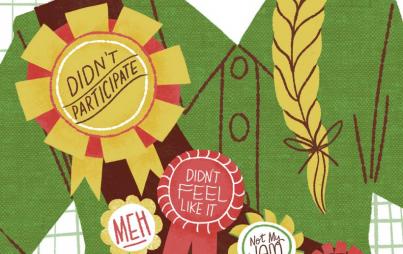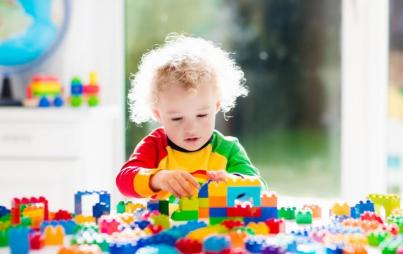
Children need “meaningful play” (meaningful to kids, not adults) in order to serve the child’s own internal gauge of what they need to do.
It’s spring in my part of the world, and THANK GAWD. Nicer weather means it’s that much easier to send my kids and their loud voices and crashing noises out into the yard — where they’re still loud and crashing, but I don’t have to hear it. Once they get outside, they’re free to jump off the retaining wall, dig in the dirt, swing on the swing set, and play games that are best described as Calvinball-like. They’re happy. I’m happy. Our puppy who likes to run around after them is happy. It’s a total win.
It turns out that it’s also a totally good parenting decision, and better for them than a dedicated exercise plan.
See? I knew I was an awesome mother.
Writing for the Washington Post, pediatric occupational therapist Angela Hanscom talks about schools where recess is getting shorter and shorter, and, in some cases, attempts are made at making it more “active” by prescribing walking laps of the playground before free play.
Hanscomb says that children need “meaningful play” (meaningful to kids, not adults) in order to serve the child’s own internal gauge of what they need to do. Some kids need time to move vigorously, some need time for relaxation and reflection, some need social interaction, others need solitary play. But only a child can truly say what they need in any given moment. In the case of kids for whom recess is their only opportunity for safe outdoor play, taking away their free play time is stealing an important developmental tool for them.
It’s tempting for adults to say kids need more structured exercise to build healthy habits that will last a lifetime, but that’s not what kids really need. Maybe grown-ups do their best physical work in a spin class with an instructor telling us when to stand up and when to sit down, but kids get enough of that kind of structure in the classroom. What they really need is more time to do their own thing.








